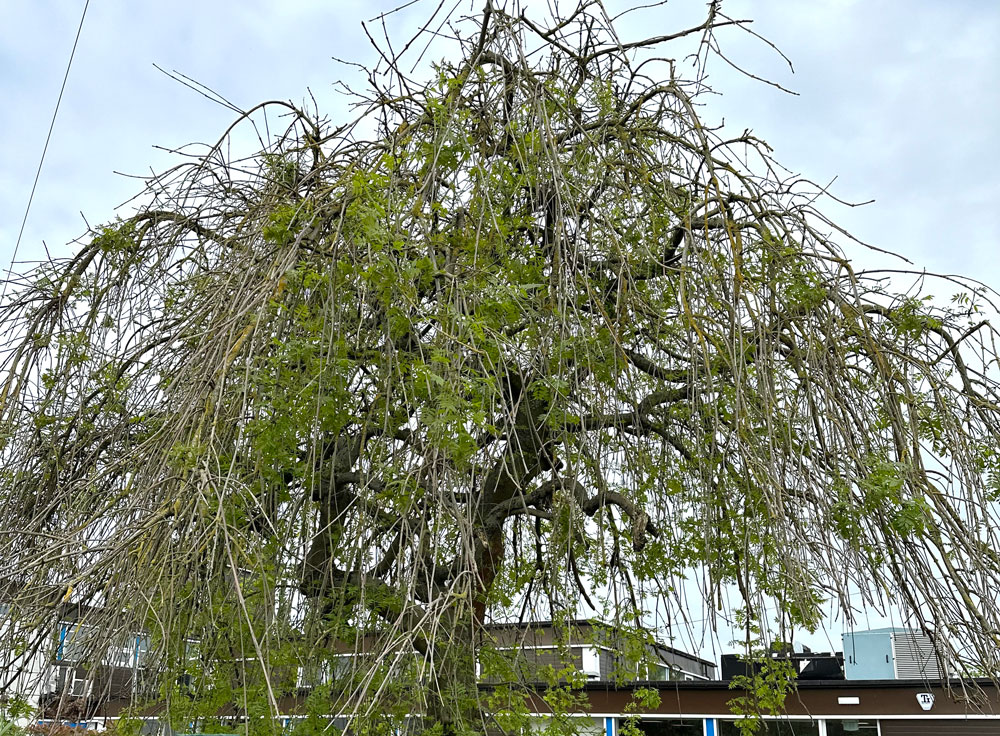As tree care professionals, we encounter various challenges in maintaining the health of the trees under our care. One such challenge that has significantly impacted the health of ash trees across Europe and the United Kingdom is the Ash Dieback disease, also known as Hymenoscyphus fraxineus.
This article aims to provide an in-depth understanding of Ash Dieback disease, its implications, and the strategies for managing this devastating tree disease.
Understanding Ash Dieback Disease
Ash Dieback, caused by the fungus Hymenoscyphus fraxineus, is a serious disease that primarily affects ash trees (Fraxinus species). It was first identified in Poland in 1992 and has since spread across much of Europe. The disease is characterized by leaf loss, crown dieback, bark lesions, and ultimately, the death of the tree.
The spread of Ash Dieback is facilitated by the wind-borne distribution of fungal spores during the summer and early autumn. These spores infect ash leaves, particularly in young trees, and the infection gradually moves into the branches and trunk over time.
Implications of Ash Dieback Disease
The implications of Ash Dieback are profound, leading to significant losses in biodiversity, landscapes, and timber markets. Ash trees are not only valued for their timber but are also crucial components of woodland ecosystems. They provide habitats for various species of insects, birds, and lichens, and their loss could have significant impacts on these ecosystems.
Managing Ash Dieback Disease
Management of Ash Dieback involves a combination of monitoring, prevention, and intervention strategies.
Monitoring: Regular inspection and surveillance of ash trees can aid early detection of Ash Dieback. Symptoms to look out for include wilting, blackened leaves, lesions on the bark, and crown dieback.
Prevention: Limiting the movement of infected ash plants and timber can prevent the spread of the disease. Sanitizing tools and equipment can also reduce the risk of infection.
Intervention: Infected trees in high-risk areas (such as near roads or buildings) should be felled to ensure public safety. In woodlands, it may be beneficial to leave infected trees standing (if safe) to provide habitat and support biodiversity.
While there are currently no known treatments for Ash Dieback, research is ongoing to identify disease-resistant ash strains that can be used for future replanting efforts.
Conclusion
Ash Dieback disease poses a significant threat to our cherished ash trees. As tree care professionals, we are at the forefront of managing this disease, with a commitment to preserving the health of our trees and the ecosystems they support. Through vigilant monitoring, preventive measures, and responsible intervention, we can mitigate the impact of this disease and work towards a healthier, more resilient tree population.

